Don't have an account?
Register NowYou have to add to cart at least 5 bottles or any program to make checkout.
- BlogHow To Grow Cannabis on a Budget
How To Grow Cannabis on a Budget
Published: July 19th, 2021
Categories:
Cannabis Cultivation
So you’re planning to try your hand at growing your own cannabis crop. You already have everything laid out, except for one major problem: money. Now, does this mean you have to give up on those plans? Of course not. You can begin your journey as a cannabis cultivator even on a tight budget. For this article, we'll share some tips on growing cannabis on a budget, both indoors and outdoors. And, as a bonus, we’ll also throw in a general thrifty growing guide.
Tips for Growing Outdoors on a Budget
Let’s get right to the point. Here are five helpful tips for growing cannabis outdoors, without breaking the bank.
Choose Autoflowering Strains
There are three good reasons beginner growers are better off starting their venture with autoflowering seeds. First: they’re very low maintenance. You can expect them to thrive in most environments, whether it’s a premium growing tent or a partially shaded area of your garden.
Second reason: they don’t require much feeding. As long as you use a top-quality growing mix, you can expect your plants to thrive.
Third reason: as the name suggests, autoflowers bloom after a predetermined period (usually around 3–4 weeks), which means outdoor growers can cultivate multiple crops per season without worrying about the light cycle.
Given these factors, autoflowering strains make a beginner's life easier. But more importantly, growing them won’t cost you that much. That’s welcome news for rookies and veteran cultivators alike.
Grow Organically
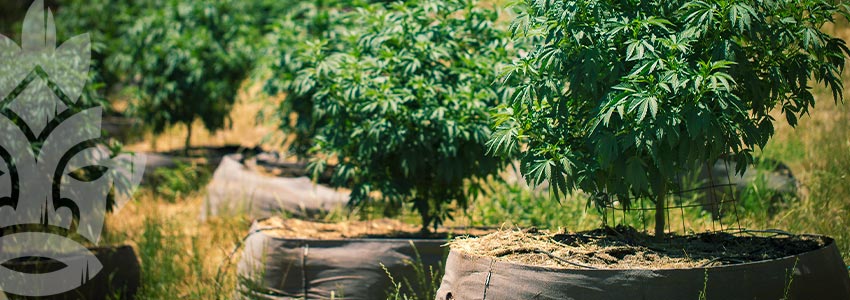
The one advantage of growing cannabis outdoors is that you can do so organically. That also means you can save a lot of money. So how do you do this? To start, you can rely on rainfall for water. Especially if you grow during the wet season, you can save a lot on water consumption. Furthermore, you can plant your crops directly in the ground. This gives them a lot more room to expand and grow bigger, and you won't even need to worry about containers. And because they’re directly in contact with microbes in the soil, your plants will also grow much healthier.
Grow Sustainably
Sustainable growing practices benefit you, the grower, in more ways than one. Not only are you doing your part to be environmentally friendly, but you also save a lot of money.
One way to do this is by using compost over bottled fertilisers. All you need is a compost bin containing organic scraps like coffee grounds and tea bags. If you want to take it up a notch, get some composting worms as well.
And if you choose to grow in the drier months of the year, you can use greywater as an alternative to rainfall. All the water you’ve collected from washing dishes and clothes can now be put to good use.
Find the Perfect Location
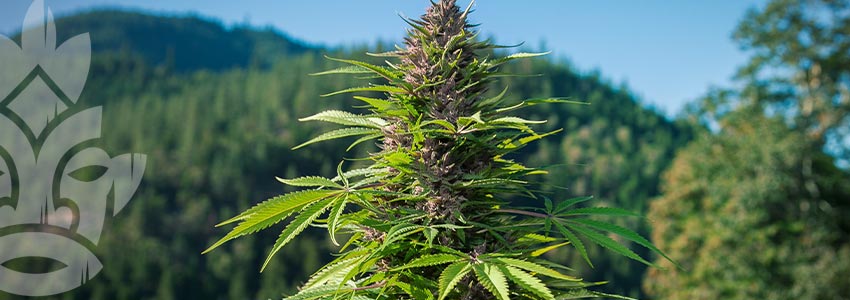
Location plays a huge role in outdoor cannabis growing. Picking the wrong spot could stunt the growth of your plants or lead to pest infestation. That ultimately means wasted money.
During the onset of your grow, you want your younger crops to be exposed to more morning sunlight and less of those afternoon rays. But as they mature, they will need more sun exposure.
Pick a spot in your garden that will give your precious plants the necessary amount of sunlight. You’ll also want to protect them from the elements. So give them ample shelter on the days with heavier rainfall.
Recycle Your Soil
If you’ve begun growing with top-quality soil, you’ve made a good investment. That’s because you can actually recycle that soil to grow again. This strategy also works if you’re growing indoors, but we’ll get to that later.
When recycling used soil, don’t forget to supplement it with new material. This will help improve the texture of your soil, as well as aeration and drainage. The best part: you can achieve all of these benefits without spending too much.
Tips for Growing Indoors on a Budget
Now, indoor growing requires a lot more tools, such as a lighting and ventilation system, to achieve a successful harvest. But the good news is, you can still grow healthy plants without spending too much.
Here are eight of our best tips for indoor growers on a budget.
Start a Micro Grow
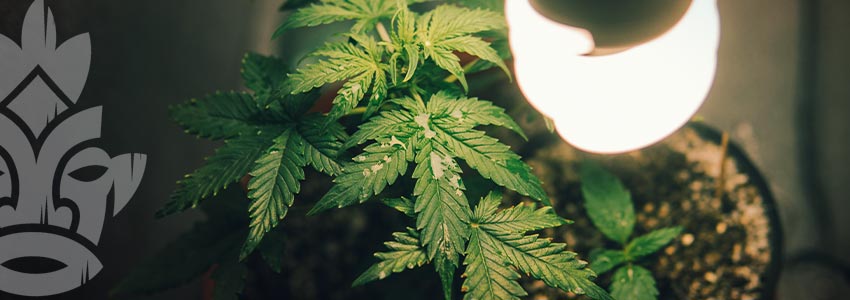
If you’re growing indoors, you’re likely doing so for personal consumption. That said, you don’t need a huge space to work with.
A spare cupboard or closet will do fine for your makeshift micro grow room. You can also add some reflective materials like white plastic to help your plants absorb more light.
Make a DIY Grow Tent
Now, if you have a much larger space at your disposal, you can build yourself a grow tent. And no, you don’t need expensive materials for this. All you need are PVC pipes and light-reflective materials like Panda or Mylar film.
If you don’t know how to build a grow tent from scratch, YouTube is another free resource that could help you out. Not only will you save money, but you'll learn a new skill as well.
But what if you don’t have the time to build a grow tent? Worry not. You’ll also find a wide selection of budget tents online.
Choose LED Over HID
We can’t have a list of tips on budget cannabis growing without energy-saving recommendations. The best one would be to choose LED bulbs for lighting.
You’ll likely find HID options when shopping. But while they are cheaper in price, the amount of energy they use will cost you more in the long run. Worse, they emit way too much heat for very small indoor spaces.
LED bulbs are a bit pricier, but they are more energy-efficient. That means you'll save money over time.
Calculate Your Ventilation Needs

Proper ventilation is another important factor in indoor growing. You don’t want stale air circulating in your grow room, now do you?
Let’s get a bit technical here. You want a fan with a cubic metre per hour capacity that’s 70 times higher than your room’s volume. This should accommodate the average of 70 air exchanges per hour required.
Do your measurements accordingly to yield maximum results for the lowest price. You’ll thank yourself later.
Make a DIY Carbon Filter
As you’ve seen throughout this article, DIY options are the best way to go in terms of saving money. So here’s another one: carbon filters.
Carbon filters are there to keep smelly cannabis terpenes from exiting your grow room and stinking up the surroundings. If you’re building one from scratch, the most expensive item you’ll invest in is the activated carbon itself.
The rest of the items you’ll need are things you could easily find in hardware stores. These range from duct tape to duct connectors and aluminum screens. For the building process, you will find easy, genius ideas on YouTube.
Make Your Own Cost-Effective Super Soil
Apart from recycling soil, you can also create your very own super soil. This will ensure healthy growth for your beloved herbs.
We previously suggested adding compost to your soil for supplemental nutrients. But you can take things up a notch by infusing some vermiculite into the party.
Stay Safe With Organic Fertilisers
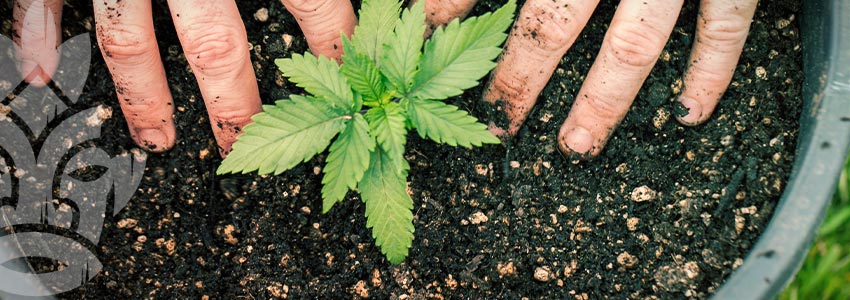
Store-bought fertilisers can enhance your soil. The downside, however, is that some contain additives that could be harmful to the environment.
Your best bet here would be to use organic fertilisers. As long as you have the necessary macronutrients, as well as micronutrients like boron, sulphur, iron, and zinc, you’re good to go.
You can find these nutrients in organic sources such as worm castings, molasses, and kelp.
Prune and Train Your Plants for Maximum Yields
You can actually train and prune your plants to achieve higher yields per square metre. You’ll save money and enjoy more bud when harvest time comes, which is a pretty sweet deal.
One strategy that seasoned growers use is sea of green (SOG), which involves cultivating numerous small plants close together and switching them to the bloom phase earlier on. This results in faster and more abundant growth in the space allotted, and allows for an even canopy. This technique also requires little labour or resources, and it doesn’t require a super-experienced hand.
General Money-Saving Tips
Now, here are some much-needed money-saving tips you can use during your growing venture, regardless of where you decide to grow.
Buy Seeds From a Reputable Seed Bank
You may find cheaper seeds from unknown sources, but that could also compromise the health of your plants. On the other hand, seeds from reputable seed banks may cost more, but you’re guaranteed top-quality buds upon harvest.
Don’t shortchange yourself in the short term. Make that small investment to boost your chances of success from the start.
Don’t Throw Away Trimmings
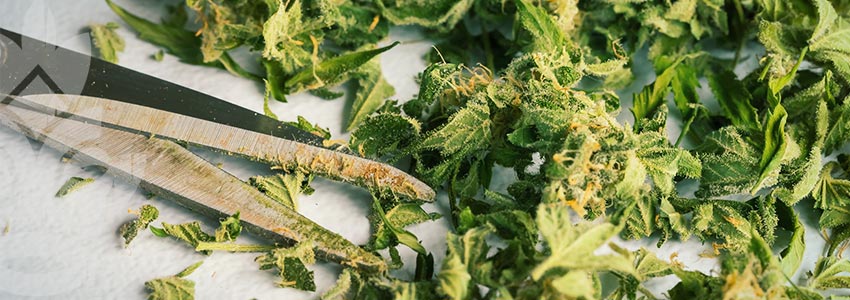
Most growers tend to dispose of the less-utilised parts of the cannabis plant, such as the stems and leaves. What they don’t know is that these trimmings can be saved for future use.
Don’t throw away your trimmings. They can come in handy if you want to make cannabutter, tea, or oil infusions. Though these parts of the plant may not contain many cannabinoids on their own, when concentrated they can make for quite a potent product.
Reuse Tools and Supplies
If your growing venture turned out to be a success the first time around, you’ll likely want to do it again. The good news is, you can use the same tools and supplies.
Apart from reusing soil, you can also recycle pots, hoses, garden gloves, and pruning shears. So be sure to allocate a safe, secure spot for them in your garage or toolshed. Just make sure to fully sanitise your equipment between grows, to ensure no harmful pathogens are lying in wait.
Grow From Clones Instead of Seeds
Buying a new batch of seeds every time you grow could cost you. But you can nullify that expense by growing from clones instead.
Just be sure to take your clones from a healthy mother plant, one that was carefully tended to, as this will greatly improve your chances of success. Typically, the best cuttings come from mother plants grown from regular seeds.
Use Rainwater
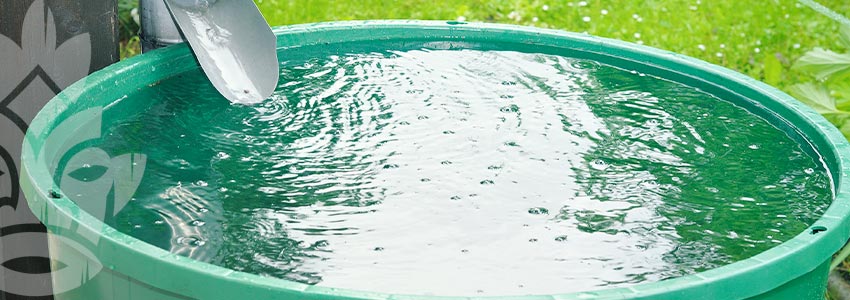
As mentioned, rainwater is the most viable resource for hydrating your plants. It’s obviously a lot easier for outdoor growing, but with a little effort, it also works well for indoor projects. If the environment does not satisfy this requirement, tap water will do.
Growing Cannabis on a Budget: You Can Do It Too!
As you can see, growing weed on a budget doesn’t mean compromising the quality of your buds. While it may take more planning, and sometimes more effort, to run a budget grow, the costs you cut will save you a lot of cash, but not to the detriment of your crop.
Go ahead and give it a shot. You’ll be surprised at how much money you’ll save along the way!





